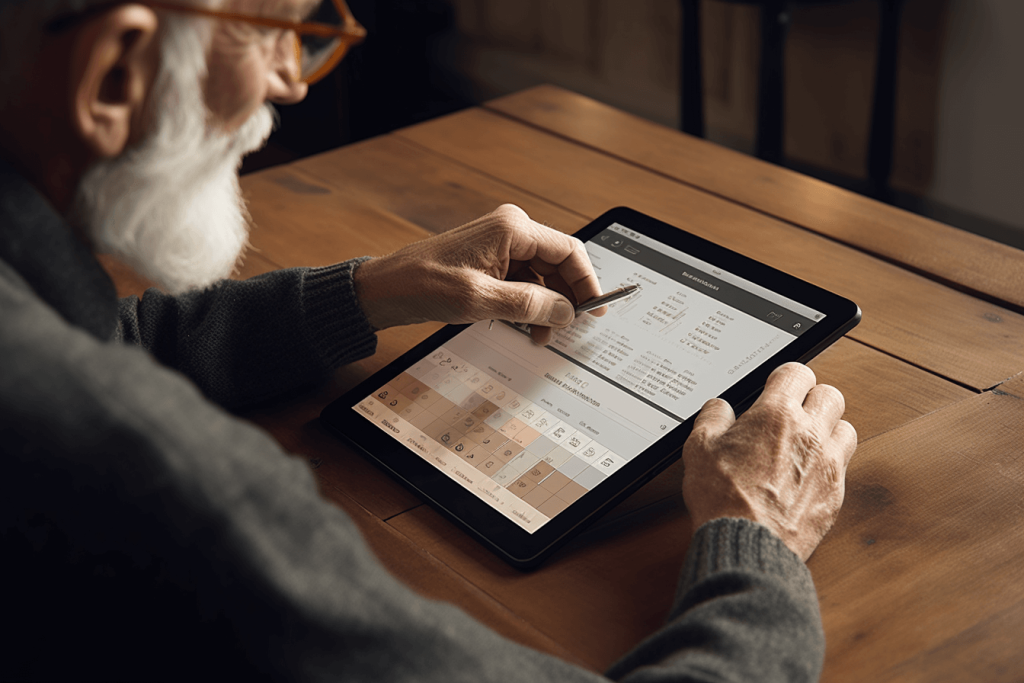“Every picture tells a story,” and the images you choose in marketing can significantly impact your brand’s perception and success. In today’s digital age, marketers have many options, from authentic real photos to AI-generated images and readily available stock photos. Each type comes with its advantages and challenges—real photos offer authenticity, AI-generated images provide endless customization, and stock photos are economical and easily accessible. But which of these image types yields the most effective marketing campaigns? In this article, we will delve into the pros and cons of each option to help you make an informed decision.
Understanding Stock Photos in Marketing

Stock photos are professionally captured images for licensing and use in various promotional materials. According to a study by Venngage, 40% of marketers find stock photos useful in their content marketing efforts due to their cost-effectiveness and convenience. Platforms like Getty Images and Shutterstock offer vast libraries of images that can be quickly accessed and incorporated into marketing campaigns, saving businesses valuable time and resources.
However, it’s essential to be mindful of licensing requirements. While these images are readily available, they are not free, and unauthorized use can lead to legal issues. The U.S. Copyright Office emphasizes the importance of adhering to copyright laws to avoid substantial penalties. Although not as unique as custom-shot photos, stock photography remains a viable choice for businesses aiming to create visually captivating content without exceeding their budget, especially in today’s visually driven digital landscape.
The Role of Real Photos in Effective Campaigns
Authentic real photos play a crucial role in effective marketing campaigns by establishing a genuine connection with the audience. According to a study by Marketing Experiments, using real photos instead of stock images can increase conversion rates by 35%. Real photographs convey authenticity, build trust, and honestly represent your brand or product, which can significantly enhance user experience and customer engagement.

| Pros of Real Photos | Examples |
|---|---|
| Enhances User Experience | Creates trust and a sense of ownership among customers |
| Allows Creative Control | Customization specific to your brand’s unique identity |
| Offers Honest Representation | Authentic product photography reflecting true product features |
| Improves Conversion Rates | Higher sales due to emotional connections with the audience |
In summary, actual photos are invaluable in marketing due to their ability to provide high-quality, authentic visuals that align with user expectations and enhance search engine optimization (SEO). As consumers increasingly seek genuine connections with brands, leveraging natural photography can differentiate your marketing campaigns and foster deeper engagement. A report by HubSpot indicates that content with original images receives 94% more views than content without images or with stock photos.
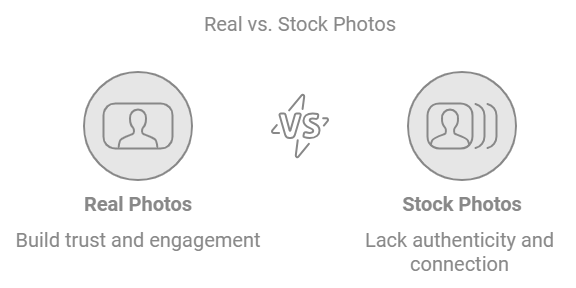
Exploring AI-Generated Photos in Marketing
Artificial Intelligence (AI)-)-AI-generated images are revolutionizing the marketing landscape by offering innovative ways to create customized visuals. Tools like DALL·E 2 and Midjourney allow marketers to generate unique images tailored to specific audiences and campaign objectives. According to Gartner’s predictions, by 2025, AI-generated content will account for 30% of all outbound marketing messages from large organizations. This technology provides cost-effective and flexible solutions, enabling businesses to produce high-quality visuals without requiring extensive photoshoots.
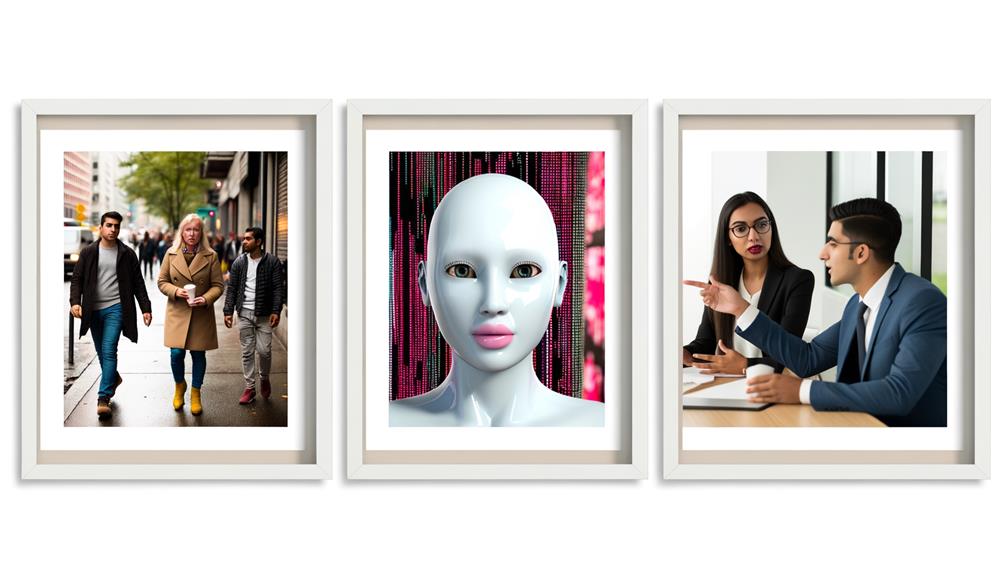
The underlying technology, generative AI, allows for creating images that can more effectively resonate with consumers by providing a higher degree of personalization. Moreover, AI-generated photos can help promote diversity and reduce biases by representing a more comprehensive range of backgrounds and cultures, addressing a standard limitation in stock photography.
However, the use of AI-generated images also presents challenges, such as ensuring realism and maintaining professional quality. Ethical considerations must be carefully managed, including the potential for deepfakes and intellectual property concerns. When implemented responsibly, AI technology opens new avenues in visual marketing, enabling the production of unique and persuasive content that can enhance audience engagement.
Comparing Stock, Real, and AI Photos
Selecting the appropriate type of imagery is crucial in marketing. Real photos, stock photos, and AI-generated images each have distinct advantages and limitations. Understanding these differences can help you choose the best option for your marketing campaigns.
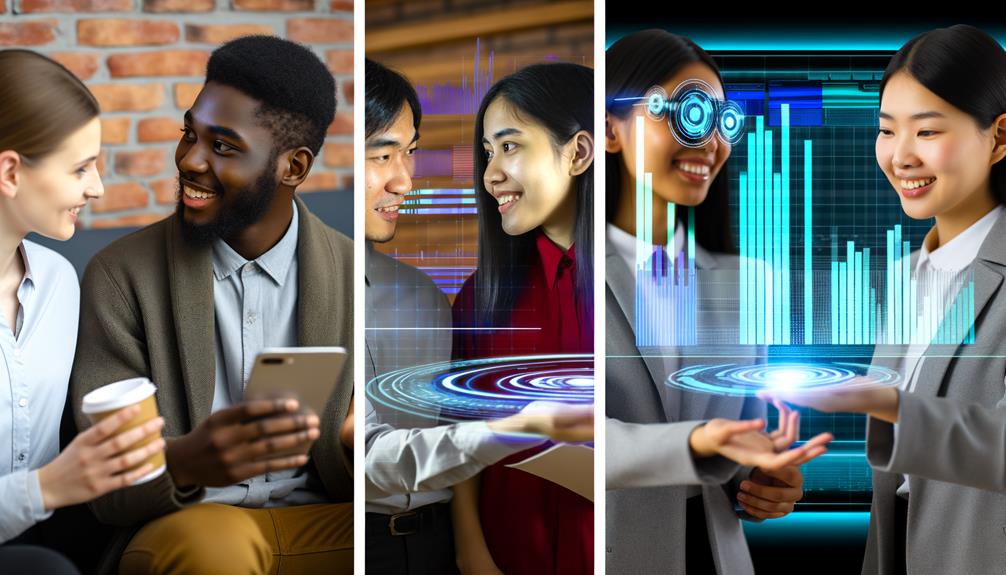
Real Photos
Advantages:
- Authenticity: Provides genuine representation, building trust with the audience.
- Creative Control: Allows customization to align precisely with brand identity and messaging.
- Higher Engagement: This can increase conversion rates due to emotional connections.
Disadvantages:
- Cost and Time: Requires investment in photoshoots, professional photographers, and time for planning.
Stock Photos
Advantages:
- Cost-Effective: Generally more affordable than commissioning original photography.
- Convenient: Immediate access to a vast library of images.
Disadvantages:
- Lack of Uniqueness: Multiple organizations may use images, reducing originality.
- Licensing Concerns: Potential legal issues if licensing terms are not adequately followed.
AI-Generated Images
Advantages:
- Customization: Ability to create unique images tailored to specific needs.
- Efficiency: Faster and potentially more cost-effective than traditional photoshoots.
- Diversity and Inclusion: Can represent a broader range of demographics.
Disadvantages:
- Realism: It may lack the authentic feel of real photos.
- Ethical and Legal Issues: Concerns about copyright, deepfakes, and misuse.
Making the Best Choice: Stock, Real, or AI Photos
Choosing the most suitable type of imagery for your marketing campaigns involves carefully considering several factors, including budget constraints, authenticity requirements, customization needs, legal implications, and the desire for inclusive representation. The decision should align with your brand’s objectives and the expectations of your target audience.
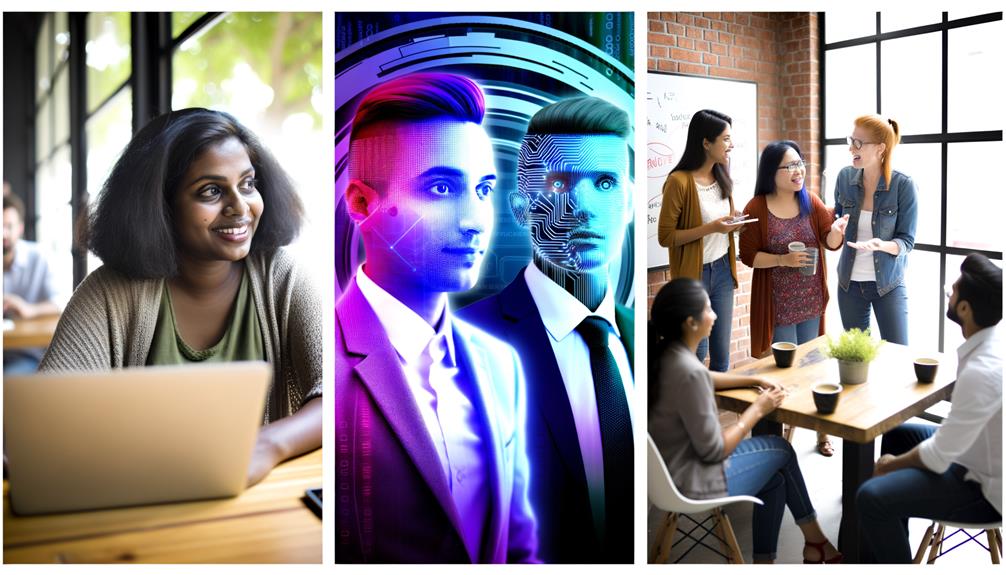
Stock Photos are ideal for organizations with limited budgets that need quick access to a variety of images. They are best used when authenticity is less critical.
Real Photos are suitable for brands aiming to establish strong trust and a genuine connection with their audience. Although more resource-intensive, they offer unparalleled authenticity and creative control.
AI-Generated Images: A middle ground offering customization and efficiency. It is beneficial for creating unique visuals representing diverse demographics but requires careful handling to avoid ethical and legal pitfalls.
Ultimately, the best choice depends on your specific marketing goals and resources. As long as the imagery used is relevant, authentic, and inclusive, it will contribute positively to your marketing efforts. Consulting with marketing professionals or agencies can also provide valuable insights tailored to your needs.
Frequently Asked Questions
What Is the Difference Between Stock Photos and AI?
Stock photos are pre-existing images available for licensing, often used due to their convenience and cost-effectiveness. On the other hand, AI-generated photos are created using artificial intelligence algorithms, allowing for a higher degree of customization and uniqueness. While stock photos may be more readily available, AI-generated images offer the potential for tailored visuals that better align with specific marketing needs and promote inclusivity.
Can I Use Stock Photos for Marketing?
Yes, stock photos can be effectively used in marketing campaigns. They provide an accessible and budget-friendly option for obtaining high-quality images. However, to avoid legal issues, it’s important to ensure that you have the proper licenses for their use. Selecting stock images that closely align with your brand’s identity and messaging can help maintain consistency and appeal to your target audience.
What Is Stock vs. Real Images?
Stock images are professionally taken photographs that are available for licensing and use by anyone who purchases them. They may lack uniqueness, as multiple businesses can use them. Authentic images are original photographs taken specifically for your brand or product. They offer authenticity and allow for complete creative control, ensuring the visuals are unique to your business and resonate more deeply with your audience.
Which Is Better in Your Ads: Stock Images or Real Images from Your Business LinkedIn?
Using authentic images from your business’s LinkedIn or other internal sources is generally more effective in advertisements. Authentic images showcase your actual products, services, team, and company culture, building trust and credibility with your audience. This authenticity can lead to stronger connections and higher conversion rates. However, if high-quality authentic images are unavailable, carefully selected stock images can be a suitable alternative, provided they align with your brand and messaging.



